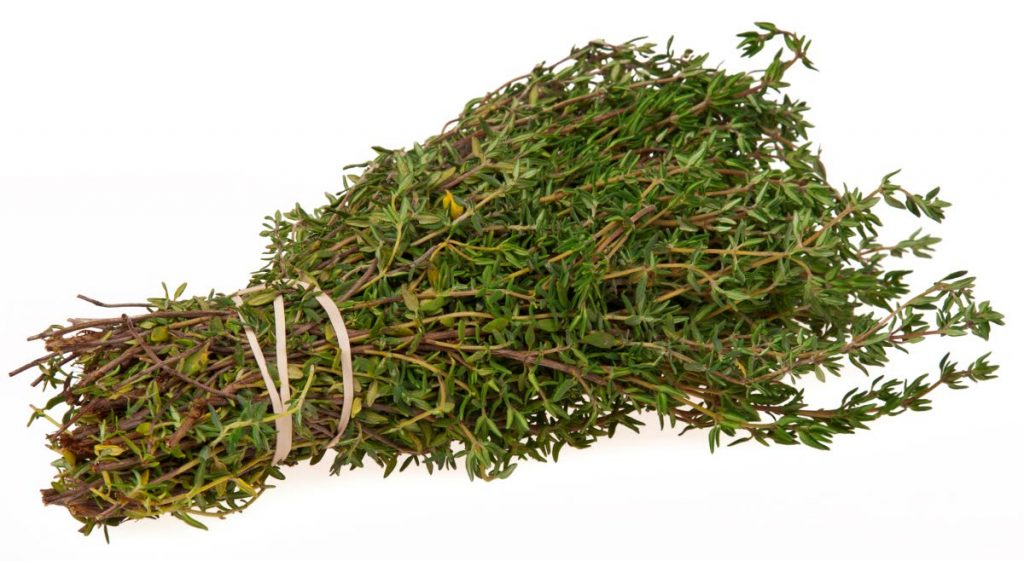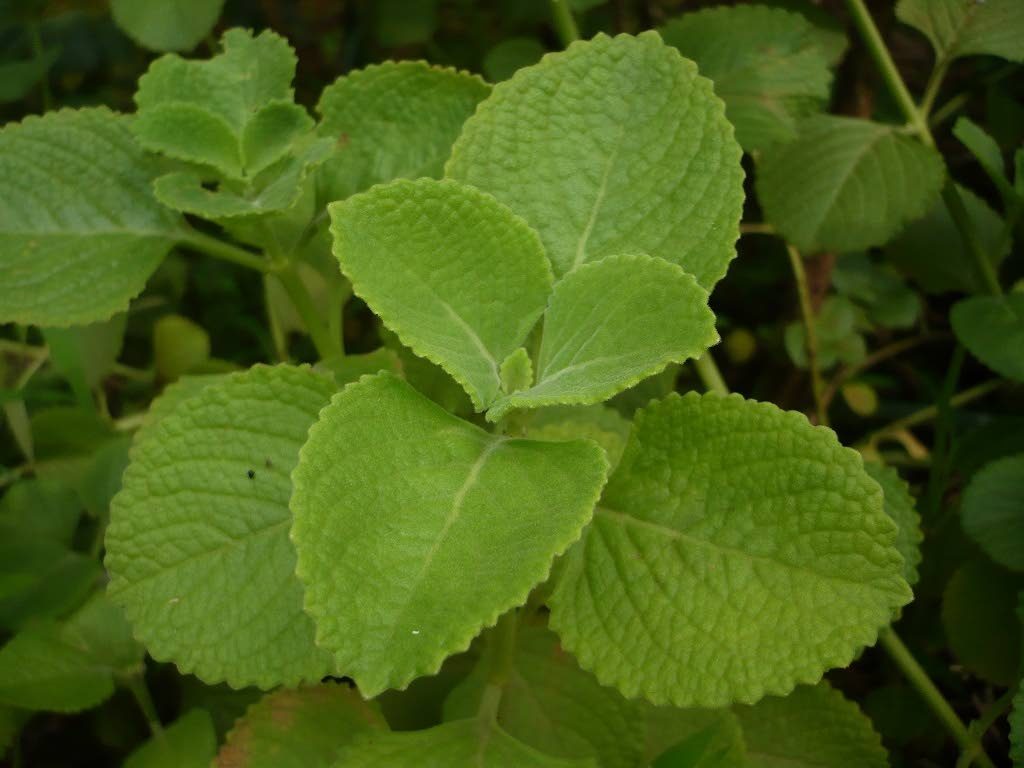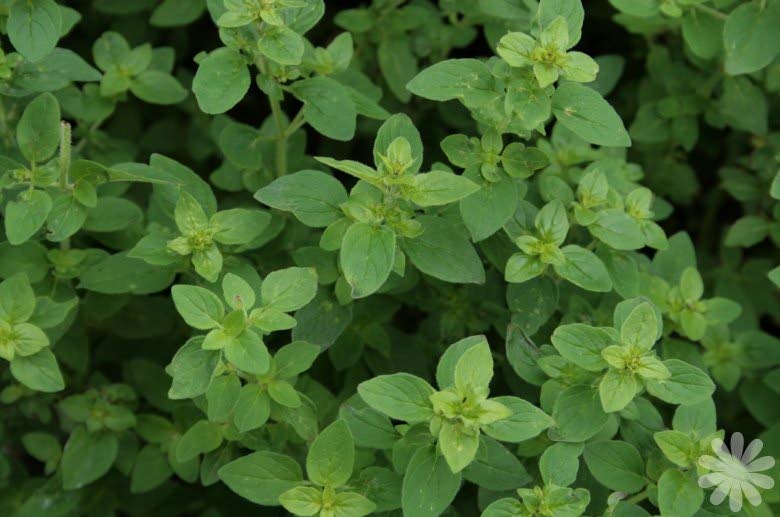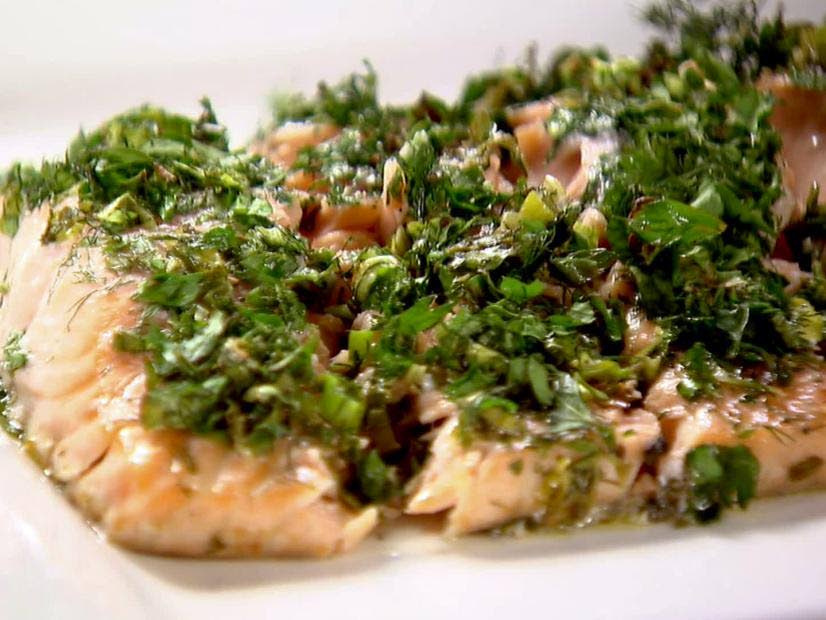What thyme is it?

CARIBBEAN cooks love to cook with herbs, a weekly trip to the market will always include a few bundles of “seasoning” as we know it. This bundle usually includes a few bunches of chives with roots attached, a small sprig of French thyme, and a few leaves of celery and maybe on occasion, parsley.
On arriving home the cook would then proceed to wash and cut the herbs, then grind them in a food processor or blender. More often than not, more herbs are added to the mixture. This will always include a bunch of chadon beni (which flavours like cilantro), more celery, and a bunch of French thyme (fine thyme as it is also known), Spanish thyme (broad leaf thyme) and sometimes Portuguese thyme (oregano), some pimento peppers and even ginger root.
This has become such a ritual that food manufacturers offer a bottled ground seasoning, which really has been so processed that the “concept” of fresh seasoning in a bottle is lost.
The home cook who proudly produces his/her own version of freshly-ground seasoning will sooner or later find that the food will have flavour distinct to none, and everything cooked will have the same flavour.
Why? Because when this cornucopia of fresh herbs is ground together, the stronger overpower the more delicate with not very pleasing end results.

Thyme is a great culinary herb and is a classic addition to many Caribbean pots, there are three varieties distinct to the Caribbean, each variety bringing its own distinct aroma and flavour to every recipe they’re included in. Why not take the time to enjoy the wonderful flavours of each individual thyme
French thyme or our fine-leaved thyme is a classic herb, small leaves, tough stems, tiny mauve flowers, it smells warm, earthy and flowery, it is a little pungent and has a lovely clove-like aroma. Seldom does it grow much past ten inches in height. It’s wonderful when solely included in baked chicken, or roasted fish. It’s also quite good when included in long, simmered tomato-based sauces and local soups.

Spanish thyme is quite the opposite to French thyme, it has large, bright-green, serrated-edged leaves almost two inches in diameter, the leaves and stems are quite soft and watery. Spanish thyme grows to shrub-like size, and has a wonderful musky aroma enhanced by lemon. This herb is ground and used as a chutney with East Indian delicacies, its also called “podina”’, but it is a wonderful aromatic when added to seafood, especially conchs, lambie and fresh fish at the very end of cooking. This thyme is a favourite amongst French Caribbean cooks.
Portuguese thyme has an aroma similar to Greek oregano, it is a very spicy herb, and is best used in dishes that require a highly-seasoned taste such as meat stuffings, beans, lamb roasts and Italian sauces.

Taking the time to appreciate each of these distinctive and aromatic thymes will indeed add a new dimension to our already delicious cuisine and in turn make you a better cook with each thyme!
Herbed stuffed open faced fish fillets

11/2 lb fish fillets, cut into portion sizes
1 tbs olive oil
1 tsp minced garlic
1 tsp minced chives
1/2 tsp salt and fresh black pepper
For the stuffing:
1 tbs coconut oil or butter
1 onion, chopped
2 tbs chopped chive
2 cloves garlic, minced
1/3 cup chopped sweet red pepper
6 to 8 small shrimp chopped
1/2 cup fresh breadcrumbs
1/3 cup chopped fresh parsley
1/4 cup fresh French thyme
1/3 cup grated Parmesan cheese
salt and freshly-ground black pepper to taste
Combine oil with garlic, chives, salt and pepper, rub onto snapper and let marinate for 20 minutes.
Heat one tbs oil in a sauté pan; add onion, chive, garlic, and pepper, sauté until aromatic.
Add shrimp. Sauté for 5 minutes, add breadcrumbs and salt and pepper.
Add cheese and one tbs water, stir to bring stuffing together, (add more water if necessary), add parsley, thyme and cheese.
Taste and adjust seasonings. Cool.
Preheat broiler.
Place fish fillets onto a baking tray and place under broiler for 3 minutes, remove fish.
Turn fish over.
Spoon stuffing onto fillets and replace under broiler.
Broil for another 4 minutes until fish is opaque and flakes easily.
Remove and serve at once.

Comments
"What thyme is it?"